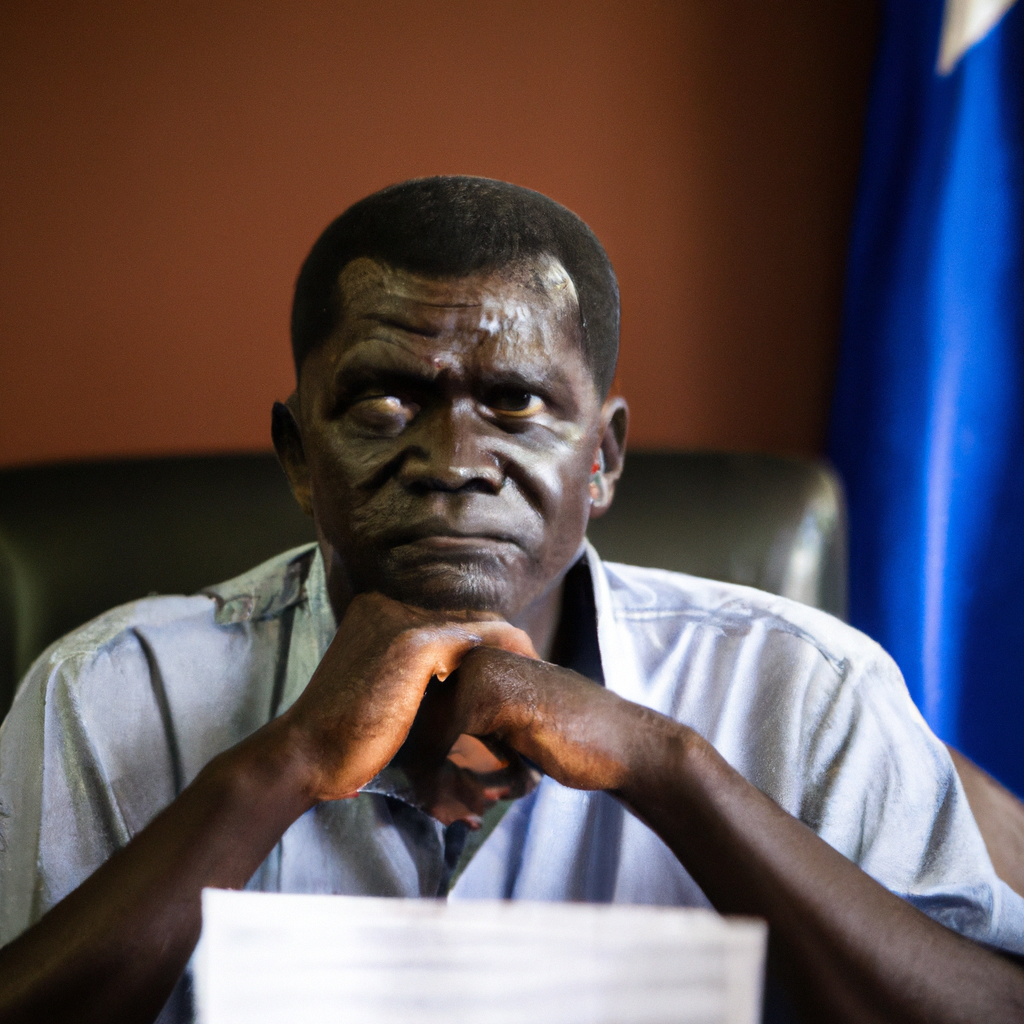Uganda recently made a significant impression at the Mamba Village Exhibition in Nairobi, Kenya, highlighting the country’s rich cultural heritage and vibrant traditions. This event served as a platform for showcasing various aspects of Ugandan culture, including traditional crafts, culinary delights, and artistic performances. With numerous exhibitors participating, Uganda’s display attracted considerable interest from both local Kenyans and international visitors. The exhibition emphasized the importance of cultural exchange and cooperation between the two East African nations, paving the way for future collaborations in tourism and trade.
Diverse Cultural Representations
At the exhibition, Ugandan exhibitors showcased an array of items that represented the nation’s diverse ethnic groups. From intricate beadwork and handmade crafts to traditional attire, the display reflected the rich tapestry of Uganda’s cultural identity. Notable exhibits included:
- Kanga textiles: Known for their vibrant colors and patterns, these garments are popular in Uganda and represent both style and heritage.
- Handcrafted jewelry: Local artisans demonstrated their skills in making traditional Ugandan jewelry, which tells stories and signifies different cultural meanings.
- Culinary displays: Visitors had the opportunity to taste authentic Ugandan dishes, such as matoke, posho, and various meat options, highlighting the diversity of Ugandan cuisine.
Cultural performances were also a key feature of Uganda’s showcase. Traditional dancers captivated the audience with their energetic displays, integrating music and dance forms like the Bakisimba and Nankasa. These performances not only entertained but also educated attendees about Uganda’s historical narratives and social values.
Building Regional Relationships
The Mamba Village Exhibition served as a vital platform for strengthening relationships between Uganda and Kenya. Officials from both countries recognized the significance of cultural diplomacy in fostering unity and collaboration in the region. Uganda’s Minister of Tourism noted the importance of these displays in promoting tourism as both countries share a rich East African heritage.
Networking sessions during the event allowed Ugandan artists, craftsmen, and entrepreneurs to connect with Kenyan counterparts. Many participants expressed optimism that these interactions would lead to mutually beneficial partnerships in various sectors, including tourism and trade.
The collaboration was highlighted by the joint forums that discussed how both nations could promote cultural tourism effectively. Discussions emphasized the need to enhance cross-border tourism, encouraging Kenyans to explore Uganda’s natural beauty and rich cultural experiences.
Future Implications for Cultural Tourism
The showcasing of Uganda’s culture at the Mamba Village Exhibition has broader implications for cultural tourism in the region. Festivals and exhibitions like this can significantly boost the profiles of national brands, attracting tourists interested in authentic cultural experiences.
Uganda’s representation at the exhibition is a proactive step in enhancing its image as a destination for tourists seeking unique cultural encounters. By building on this momentum, Uganda aims to increase its share of the regional tourism market, which has been gaining importance post the pandemic.
Moreover, cultural exhibits help nurture pride among Ugandans about their heritage, encouraging younger generations to engage with and promote their traditional practices. This engagement is essential in ensuring that Uganda’s cultural wealth continues to thrive.
In conclusion, Uganda’s vibrant presence at the Mamba Village Exhibition not only showcased its rich cultural heritage but also fostered promising relationships with neighboring Kenya. The event has the potential to serve as a catalyst for increased cultural exchange, tourism growth, and collaborative initiatives that benefit both nations and contribute to their shared destinies in the East African region.










